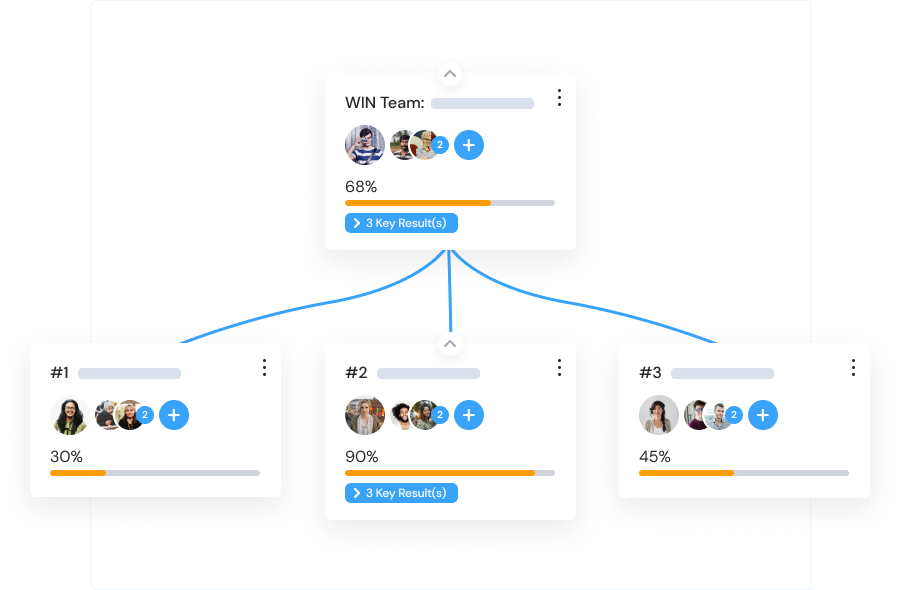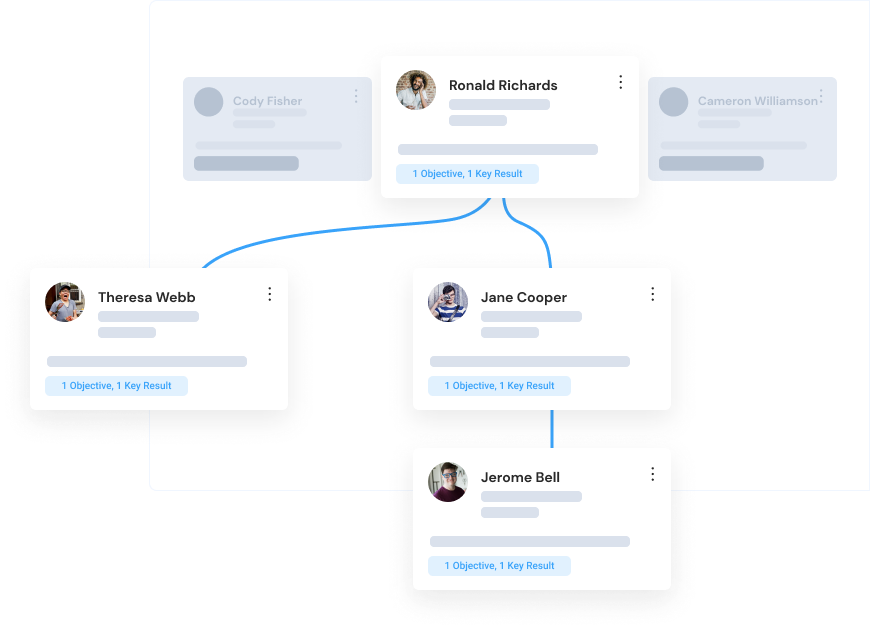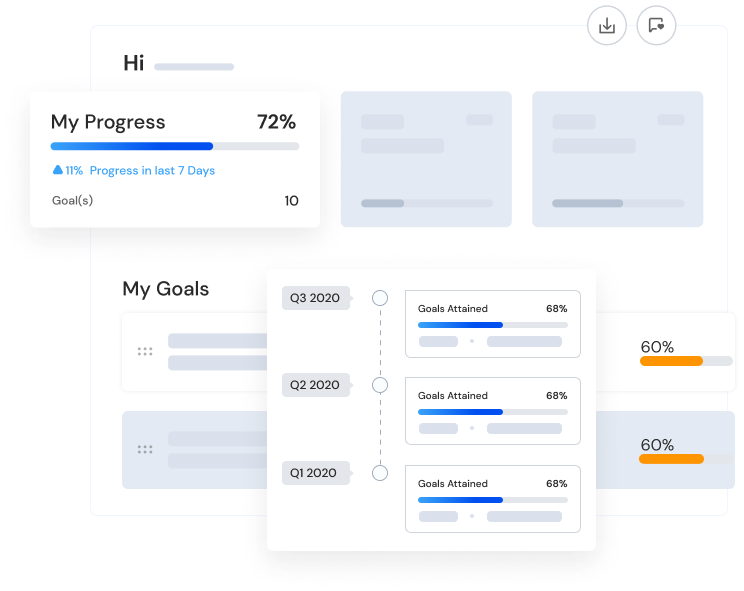Successful transformation starts with a focus on outcomes, not output.
The benefits of implementing the OKR framework can be recognized almost instantly. This is the alure to business executives who are looking to quickly transform their organization. There is no other framework which is equal parts simple and powerful.

Every organization has the same 24 hours in a day. The power of an entire organization focusing on key metrics that matter the most cannot by understated.
Employee engagement, productivity, and performance are all increased when they are given specific directions from their leaders on where to focus their time, and more importantly, where not to spend their time.
Organizations try to prioritize too many things at the same time without understanding their impact on the organization. This creates distractions in the team and turns the focus away from what matters most.
The OKR framework relies on 2-3 key objectives which are tied to measurable, time-bound, and transparent key results. This provides executives and employees a clear focus to what they will be working on and why they are working on it.

As organizations are adopting to the new ways of working, alignment is becoming the most important variable in the success of an organization and the happiness of employees.
Alignment is the “tide that raises all boats” when it comes to the performance of an organization. Well-aligned organizations make faster decisions, engage employees deeper, and leverage their resources to the fullest.
Visibility plays a crucial role in creating alignment. Most organizations do not have a structure in place for creating a shared set of objectives across departments and even fewer know how to measure their results.
Alignment is achieved by creating a well-defined set of standards (Objectives and Key Results) which are used across every department and employee in the organization. In addition, every objective and key result is visible to every employee in the organization, creating visibility and trust for all.

Transforming an organization for good requires consistent focus and attention or it quickly becomes the flavor-of-the-month. Whether we are talking adoption of OKRs, CRMs, or any other acronym, creating a rhythm for the organization is paramount to maximizing return on investment.
Creating a routine for transformation helps employees to gradually overcome their natural-born resistance to change and creates a sense of community in the organization around a common goal.
Organizations rarely fail to create a strategy for rhythm, but once that rhythm is met with the uncertainties of the real-world, it is common for the rhythm to break down. This prevents frustration in executives and employees alike, who all feel they are at various stages in the journey, pulling more weight than their counterparts.
Embedded into the OKR Framework is rhythm. It is not only designed around the realities of business, but it can be further adopted to fit the uniqueness of an organization. OKRs are also incredibly transparent, making the failure to adopt to its rhythm visible to everyone in the organization.

Whether your organization has 100 employees or 100,000, the ability to pivot on-demand is a competitive advantage that is hard to imitate.
As recent history has shown us, organizations who can leverage this strength have a tremendous opportunity to capitalize when the market is at its peak to pull away from the competition.
Many executives show agility in strategy, but breakdowns in communication downstream to managers and front-line workers on how to execute the strategy results in significant slowdowns.
Key initiatives are mapped across the entire organization, providing details instructions for every employee in the organization on what they need to do to pivot on demand.
Two decades before Andy Grove would introduce OKRs, Peter Drucker said “if you can’t measure it, you can’t improve it”. Sixty years later, executives are still striving to gain better insight into the results of their organization as they strive for perfection.

Connecting strategy to execution has been at the top of executives list for decades, which is why the OKR Framework is uniquely qualified to achieve the unobtainable. Created by the king of execution, Andy Grove used the OKR framework at Intel to focus the organization on execution, and 40 years later, it is still being used by the world’s largest organizations, such as Microsoft, Netflix, and Apple.
